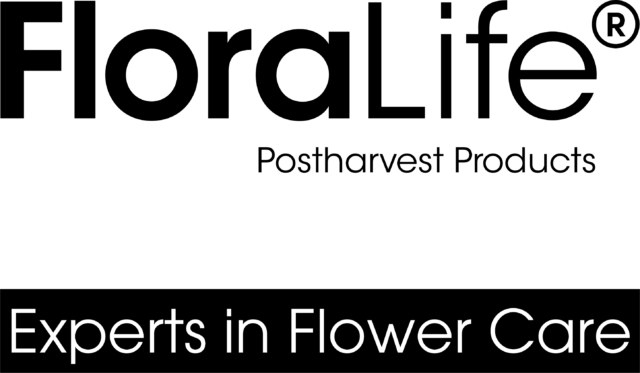Research Update: FloraLife® Transport Paper
Research Update, powered by FloraLife
Joshua M. Cram – Postharvest and QA Scientist, FloraLife

Ask any florist, cut flower wholesaler, or flower enthusiast and they will all agree; Shrinkage (cut flower loss before it reaches consumers) presents a huge problem for the floriculture industry. Postharvest products in general, such as FloraLife® Shield, EthylBloc™ and FloraLife® Transport Paper are formulated to limit this waste. Here we will focus on FloraLife® Transport Paper which consists of a unique postharvest technology engineered to maintain the quality and consistency of fresh cut flowers throughout the distribution chain, from the farm to the consumer.
Floral shipping boxes provide an excellent environment for the growth and spread of undesirable agents that lead to waste and scrap. FloraLife® Transport Paper aims to maintain flower quality while decreasing shrink (waste). FloraLife® Transport Paper, a 10 in x 40 in waxed sheet of tissue paper, impregnated with special compounds, releases its active ingredient when exposed to a relative humidity higher than 40%. The relative humidity within floral shipping boxes easily exceeds this threshold. Each sheet contains enough active ingredient to easily dose commonly used flower shipping boxes.

Research shows that the use of FloraLife® Transport Paper leads to better vase life, better consistency of flower quality, healthier flowers, and reduced waste.
Methods:
Experiments done at FloraLife laboratories consistently show the benefits of using FloraLife® Transport Paper when shipping flowers. Tests using Alstroemeria, Chrysanthemums, Roses, Gerberas, and Hydrangeas were conducted. Flowers were obtained from farms in Colombia immediately after harvest and taken to the FloraLife® Colombian lab. Flowers were hydrated and conditioned with appropriate FloraLife treatments for these specific crops. Hydration lasted for 12 hours at 39.2 °F/4 °C. At the conclusion of the hydration phase, flowers were packed in quarter size boxes using a plastic liner. The treated boxes contained enough FloraLife® Transport Paper for the size of the box (1 sheet). The boxes then went through a shipping simulation consisting of storage for 4 days at 39.2 °F/4 °C, followed by 1 day of storage at 68 °F/20 °C, followed by 2 more days at 39.2 °F/4 °C. The control box received the same conditions except no FloraLife® Transport Paper was added. When the shipping simulation concluded, flower stems were processed and placed in vases with 1 liter of vase solution made with powder FloraLife® Express Universal 300. Vases were placed on vase life observation tables and exposed to 12 hours light and 12 hours dark.
Cultivars used in this experiment:
- Alstroemeria – ‘Nadya’
- Gerbera – ‘Costa’
- Chrysanthemum – ‘White Anastasia’
- Rose – ‘High and Magic’
- Hydrangea – Blue
The treatments were as follows:
- Control: Quarter size box with plastic liner and no FloraLife® Transport Paper
- Treated: Quarter size box with plastic liner and FloraLife® Transport Paper
Vase life evaluation was taken once every 24 hours, stems were discarded due to bent neck, wilting, discoloration, and/or petal shatter. Evaluation continued until all stems were discarded.
Results:
Figure 1. Table Average Vase life (days)

Figure 2. Bar Graph illustrating Average Vase life (days)

Conclusion:
Fresh cut flowers shipped and stored with FloraLife® Transport Paper had an overall increase in vase life versus fresh flowers not shipped and stored with it.

To find out more about FloraLife® Transport Paper or the availability in your region, contact your local FloraLife representative or email [email protected].
*Product availability depends upon geographical region.
